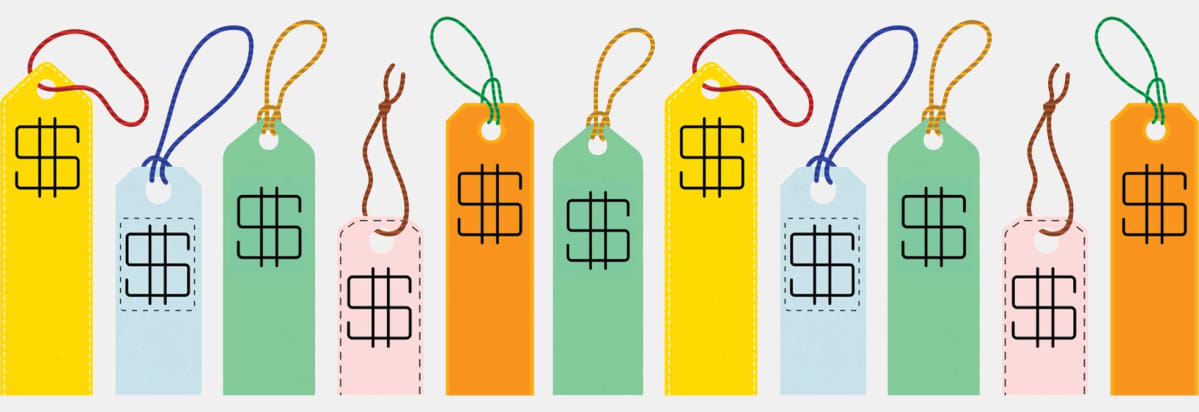Every service provider or product merchant has to assign prices to their goods and services. As a result, every business adopts a pricing system that reflects their market strategy. The prices paid by a customer for a certain product is affected by a number of variables ranging from the manufacturing cost to buyer demographics. These pricing factors are broadly categorized under two pricing systems – dynamic and personalized pricing.
DYNAMIC PRICING

In this system, the factors affecting the prices do not depend on the customer or their relationship with the retailer. Factors like the difference in demand and supply, the timing (day/week), weather conditions and prices of direct competitors may affect consumer prices.
The entertainment and hospitality industries, airline operators, and other online retailers can easily alter prices several times in a day. Airline prices are changed to match the peak travel seasons, while the availability of seats also plays a major role in current prices.
Another example of this trend can be found in retail giants Amazon’s pricing system which takes into consideration the demand for the product. For instance, the Samsung Galaxy S7 phone was noted to have gone down a massive 14% as demand dropped, and subsequently gone back up with demand. Due to this, savvy customers tend to watch prices closely in order to catch the best deals.
Until the advent of “smart shelves”, physical retail stores have been unable to keep up with this pricing system. Thanks to this innovation, prices are displayed digitally and can easily be altered.
The retailers view: Simon Read, a money and personal finance writer, notes that dynamic pricing particularly benefits retailers when demand is high and supply is limited. He points out that “you are likely to pay a premium when dynamic pricing comes into play” when you are desperate, but explains that customers could also benefit from this system.
The customers view: Learning the game and trend of fluctuations of your preferred shopping store certainly pays off, as the customer over time knows when to purchase immediately and when to hang on to enjoy a drop in price.
PERSONALIZED PRICING

Here, the retailer sets prices depending on his knowledge of individual customers. In 2014, airlines and other travel companies received a clearance to collect passenger’s data to personalize their offers based on their location, birthday, travel history and other personal information.
Did you know? The prices you pay can be influenced by the devices you use and your proximity to stores of direct competitors. In 2014, some e-commerce sites altered their prices based on the browsing history of individual customers.
The retailers view: Just a few details about the customer will suffice. An online shopper who keeps searching through a particular product several times without purchasing it can be offered a slashed price just for that customer, at that time. By doing this, you can gain a customer which you probably were on the brink of losing.
Incentives are easily given to loyal customers at the right time as against a dynamic system which tends to reward shoppers who do not particularly demonstrate loyalty.
The customers view: This system defies the customers’ view that “the internet is a neutral environment like the high street, where the prices you see is the same as the one everyone else sees,” says Ariel Ezrachi, director of the University of Oxford Centre for Competition Law and Policy.
Personalized pricing gives a sense of low privacy of the customer who finds out that at same time of searching they are offered a different price to that of a different customer.
Conclusion:
Evidently, both pricing systems offer risks and rewards to retailers. Consumers dislike both and, at times, benefit from both. While the personalized system gives a sense of intrusion, the dynamic system exploits your desperation. Retailers must exercise caution while playing such delicate game of pricing, lest they offend the buyers that they covet.